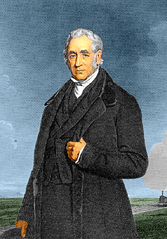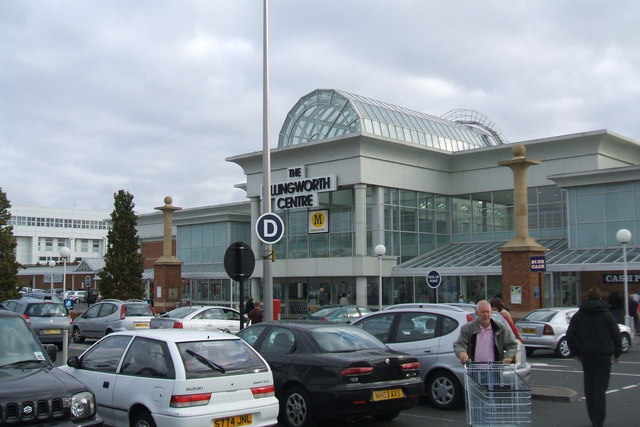Topics > People in History > George Stephenson (1781 - 1848) > Extracts from Biography of George and Robert Stephenson > Move to West Moor, Killingworth
Move to West Moor, Killingworth
Extract from: The Life of George Stephenson and of his son Robert Stephenson, by Samuel Smiles, 1881.
After working for about three years as a brakesman at the Willington machine, George Stephenson was induced to leave his situation there for a similar one at the West Moor Colliery, Killingworth. It was not without considerable persuasion that he was induced to leave the Quay, as he knew that he should thereby give up the chance of earning extra money by casting ballast from the keels. At last, however, he consented, in the hope of making up the loss in some other way.
The village of Killingworth lies about seven miles north of Newcastle, and is one of the best-known collieries in that neighbourhood. The workings of the coal are of vast extent, and give employment to a large number of work-people. To this place Stephenson first came as a brakesman about the end of 1804. He had not been long in his new home when his wife died of consumption, leaving him with his only child Robert. George deeply felt the loss, for his wife and he had been very happy together. Their lot had been sweetened by daily successful toil. George had been hard-working, and his wife had made his hearth so bright and his home so snug, that no attraction could draw him from her side in the evening hours. But this domestic happiness was all to pass away, and the bereaved husband felt for a time as one that had thenceforth to tread the journey of life alone.
Birth of Robert Stephenson < Smiles, 1881 > A Year in Scotland

Co-Curate Page
Killingworth Colliery, West Moor Pit (1802-1882)
- "...Sinking commenced in 1802 and the High Main seam was reached in 1805. The miners lived nearby in Long Row, Short Row, Lane Row, Cross Row, Crank Row, High Row, …

Co-Curate Page
Killingworth Village
- Overview About Map Street View Killingworth Village is located in the south east part of today's Killingworth. The old village and surrounding area was an important industrial area during the …


Co-Curate Page
Killingworth Colliery, West Moor Pit (1802-1882)
- "...Sinking commenced in 1802 and the High Main seam was reached in 1805. The miners lived nearby in Long Row, Short Row, Lane Row, Cross Row, Crank Row, High Row, …






